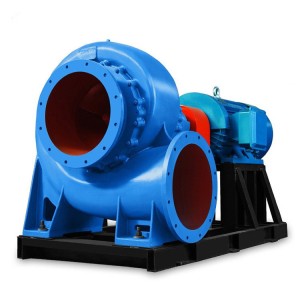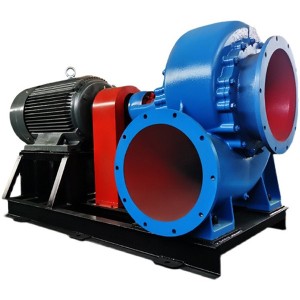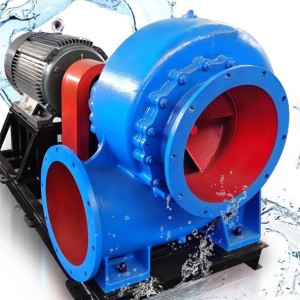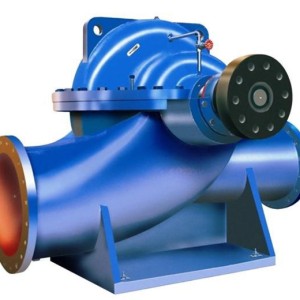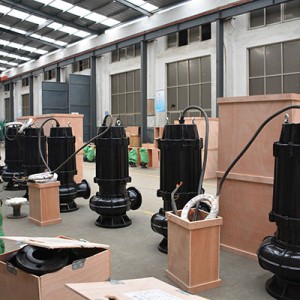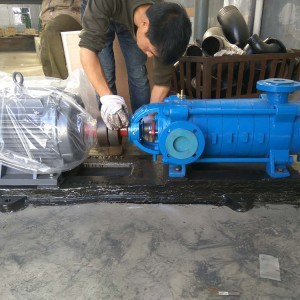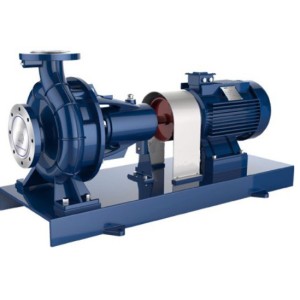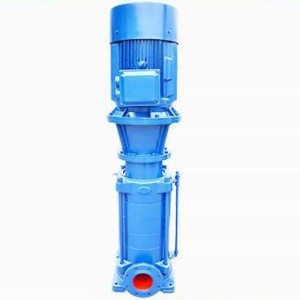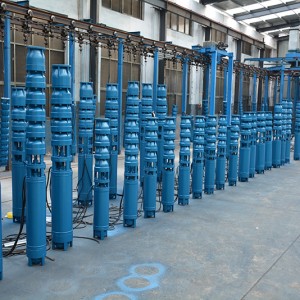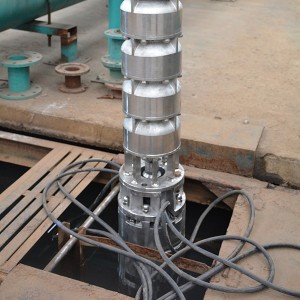Cavitation is when the liquid (which can be water, oil, etc.) in the flow channel (which can be a pump, a water turbine, a river, a valve, a propeller, or even an animal’s blood vessel) drops a critical pressure (generally close to the vaporization pressure), the gas core in the water It is a general term for the accumulation, flow, splitting, and collapse of bubbles.
When the suction vacuum degree of the water pump is greater than the allowable suction vacuum degree, cavitation occurs. It mainly occurs at the outer edge of the impeller blade and cover, the volute or the guide wheel, and does not occur at the entrance of the blade. For example, when the flow rate is greater than the design flow rate, it occurs at the blade inlet near the front cover of the blade (K1). When the pressure at the inlet of the impeller drops to the saturated vapor pressure of the liquid being sent at the working temperature, the liquid will partially vaporize, and the generated bubbles will follow the liquid from the low pressure zone to the high pressure zone. In the high pressure zone, the bubbles will shrink and condense sharply. The surrounding liquid rushes to the space occupied by the original bubble at a very high speed, generating a high-strength shock wave, impacting the impeller and pump casing, causing noise and vibration. Due to long-term repeated effects of impact force and chemical corrosion of the trace dissolved oxygen in the liquid, the impeller surface has spots and cracks or even spongy damage.
The water pump cavitation or cavitation process is the process in which the flowing liquid generates bubbles and then bursts. When the absolute velocity of the fluid increases, due to the drop in the static pressure of the fluid, for some specific particles of the fluid at a certain temperature, although there is no heat input from the outside, they have reached the vaporization pressure, causing the particles to vaporize and produce bubbles . Along the flow channel, if the static pressure of the fluid rises again and is greater than the vaporization pressure, the vapor bubble will burst quickly, resulting in a huge condensation shock that is inwardly explosive. If the bubble rupture does not occur when the liquid is flowing, but occurs at the wall surface of the flow guide assembly, cavitation will cause the wall material to be eroded.
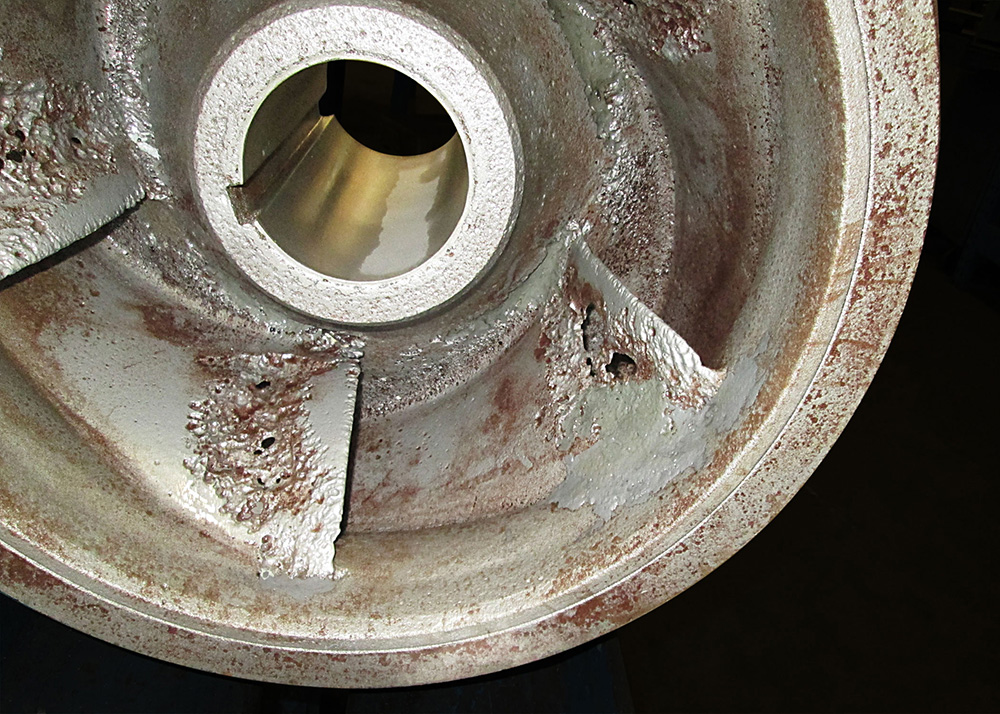
When the water pump is operated under cavitation conditions, even if there is no erosion of the wall material, it will be found that the noise of the water pump at this time increases, the vibration increases, the efficiency decreases, and the head decreases.
Device cavitation margin: also known as effective cavitation margin. The cavitation margin of the device is provided by the suction device, and the unit weight of the liquid at the inlet of the water pump has a surplus energy exceeding the vaporization pressure and the water head. It is called effective net positive suction head in foreign countries, that is, the liquid at the inlet of the pump (where the water head is zero) has the value of the total head minus the vaporization pressure and the net residual head, which is expressed by NPSHa. Its size is related to device parameters and liquid properties.
Because the hydraulic loss of the suction device is proportional to the square of the flow rate, NPSHa decreases as the flow rate increases. NPSHa-Q is a descending curve. The pump NPSH has nothing to do with the device parameters, but only with the movement parameters of the pump inlet. Motion parameters are determined by geometric parameters at a certain speed and flow rate. This means that NPSHr is determined by the pump itself (the geometrical parameters of the suction chamber and the impeller inlet). For a given pump, no matter what kind of liquid (except for high viscosity, which affects the speed distribution), flows through the pump inlet at a certain speed and flow rate, and because the speed is the same, there is the same pressure drop, and the NPSHr is the same. So NPSHr has nothing to do with the properties of the liquid (thermodynamic factors are not considered). The smaller the NPSHr, the smaller the pressure, and the smaller the NPSHa that the device must provide, so the pump’s anti-cavitation performance is better.
The pump NPSHr (NPSHr) is related to the flow in the pump. It is determined by the pump itself to balance the pressure drop at the inlet of the pump. In order to ensure that the pump does not cavitation, it is required that the unit weight of the liquid at the pump inlet has more than vaporization. The excess energy of the pressure head. Foreign countries call this a necessary net positive suction head. The physical meaning of the pump NPSH indicates the degree of pressure drop of the liquid at the inlet of the pump. The so-called necessary net positive suction head refers to the requirement that the suction device must provide such a large net positive suction head to compensate for the pressure drop and ensure that the pump does not cause cavitation.
Post time: 2021-12-30


